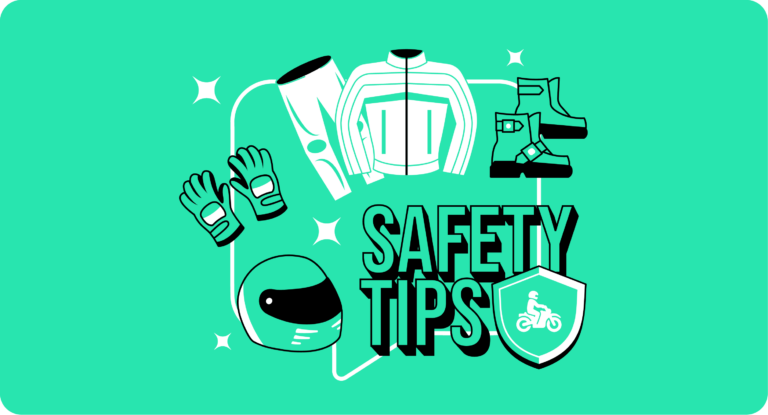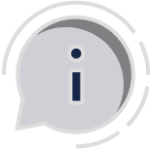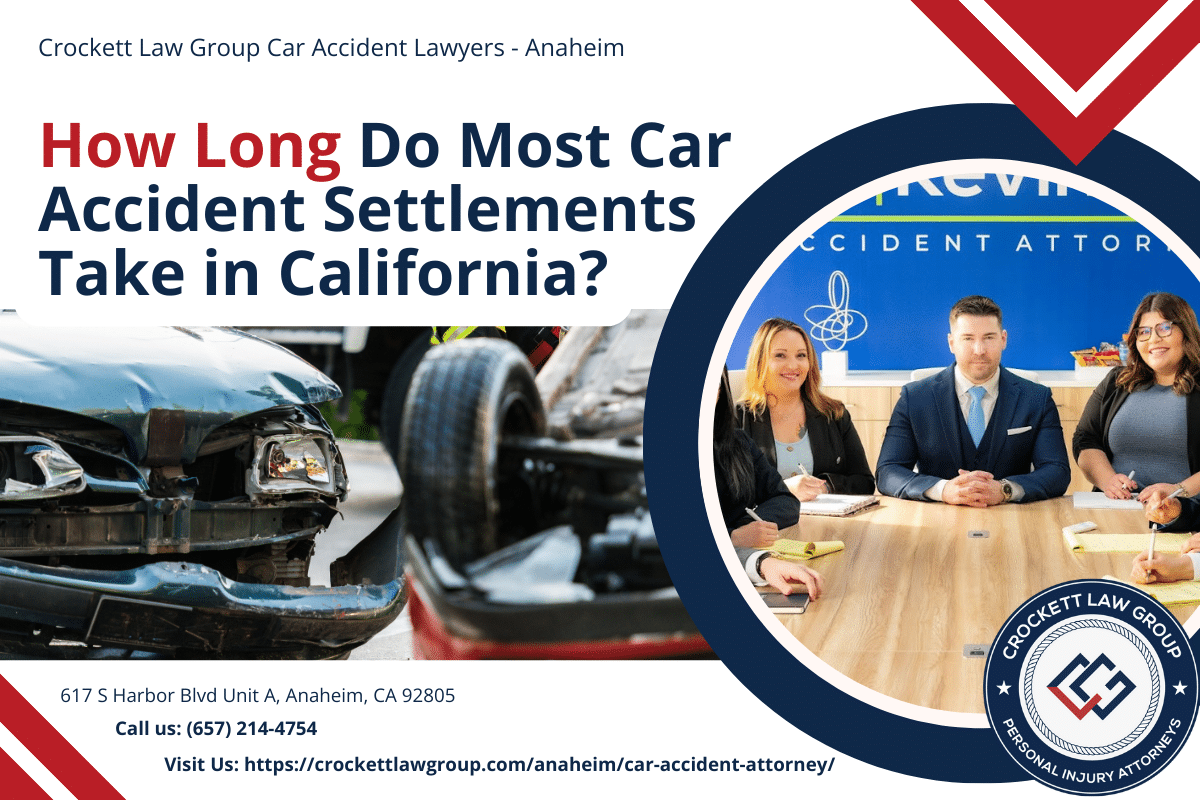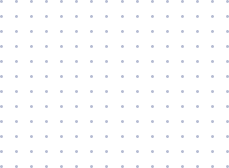The thrill of motorcycling is unmatched, offering an unparalleled sense of freedom and excitement. Yet, this exhilarating experience comes with inherent risks that demand a proactive approach to safety.
This guide delves into five pivotal safety areas that can significantly mitigate risks and enhance your riding experience. By prioritizing safety, you can ensure that each ride is not only enjoyable but also secure, protecting yourself and others on the road.
Factoid About Motorcycle Accidents in the US
| Statistic | Value |
|---|---|
| Motorcyclists’ fatality risk compared to car passengers | 28 times higher |
| Motorcyclists’ injury risk in accidents | 4 times higher |
| Motorcyclists injured in 2021 | 83,000 |
| Unlicensed riders in fatal accidents | 36% |
| Most dangerous month for motorcyclists | August |
| Motorcycle accidents in the rain | Less than 2% |
| Motorcyclists killed in 2021 | 5,932 |
| Motorcycle accidents’ share of traffic deaths | 14% |
| Deaths without helmets | 2,251 |
| Speeding involved in fatalities | 34% |
| Alcohol-involved crash deaths | 27% |
| Helmet effectiveness in preventing fatalities | 37% |
| States requiring helmets for all motorcyclists | 18 |
| States with no helmet requirements | 3 |
| Motorcycle fatalities in urban areas | 67.42% |
| 25 to 29-year-olds most likely to die in accidents | Yes |
| Men’s share in motorcycle deaths | 92% |
Gearing Up for Safety
The right gear is your first line of defense on the road, providing essential protection during unforeseen incidents. It’s not just about wearing any gear; it’s about choosing the right gear that offers maximum protection and comfort.
By understanding the specific functions and benefits of different safety gear, you can make informed choices that enhance your protection and overall riding experience.
Importance of Wearing a Full-Face Helmet
A full-face helmet is not just a safety requirement—it’s a lifesaver. In the event of an accident, it protects your head, face, and brain, which are most vulnerable.
Studies show that riders with helmets are three times more likely to survive head injuries. The full coverage ensures that your entire head is protected, reducing the risk of facial injuries and skull fractures.
Choosing the Right Jacket and Pants for Protection
When you’re on a motorcycle, your body is exposed. In a crash, you want to ensure that you have as much barrier between you and the road as possible.
Quality jackets and pants made of leather or advanced synthetic materials can provide this protection.
They not only prevent road rash but also offer padding that can absorb impact, protecting your vital organs and bones.
The Necessity of Gloves for Grip and Hand Protection
Your hands are always in action while riding—they operate the throttle, brakes, and clutch, and they’re your first line of defense in a fall.
Gloves protect your hands from abrasions and cuts and improve your grip on the controls, especially under adverse weather conditions.
Durable materials like leather ensure the gloves can withstand abrasion and provide the necessary protection.
Footwear
Good footwear protects your feet and ankles in an accident and provides the grip needed to operate your motorcycle effectively.
Boots should be high enough to protect your ankles and made from durable materials to withstand impacts.
Non-slip soles are crucial for maintaining control and stability, both while riding and when stopping.
Reflective Gear and Visibility Enhancements
Visibility can be the difference between a safe ride and a dangerous situation. Reflective gear ensures that other road users can see you, especially in low-light conditions.
Reflective tape, bright colors, and LED lights can make a significant difference in how well you are seen on the road.
Enroll in a Motorcycle Safety Course
Taking a motorcycle safety course is a vital step in ensuring your safety and the safety of others on the road. These courses are designed to cater to riders of all experience levels, offering a comprehensive curriculum that covers essential riding skills and safety practices.
Benefits of Professional Riding Education
Professional riding education offers numerous advantages that extend beyond the basic ability to operate a motorcycle. Here are some key benefits:
- Enhanced Safety
- Skill Improvement
- Increased Confidence
- Insurance Benefits
- Community Connection
Investing in professional riding education is a decision that pays dividends in safety, skill, and enjoyment.
Whether you’re new to riding or looking to enhance your abilities, a riding course can provide valuable insights and experiences that contribute to your development as a rider.
Overview of Course Contents
A motorcycle safety course covers a broad range of topics, starting with the basics of motorcycle operation and progressing to advanced riding techniques and strategies.
This comprehensive approach ensures that you are well-prepared to handle different riding scenarios, enhancing your ability to ride safely and effectively.
Defensive Driving Techniques and Situational Awareness
Defensive driving and situational awareness are critical components of motorcycle safety courses. These sections focus on teaching riders how to anticipate potential hazards, maintain safe following distances, and navigate traffic safely.
Developing these skills is essential for minimizing the risk of accidents and enhancing road safety.
Emergency Maneuvers and Their Life-saving Potential
Learning emergency maneuvers is a crucial aspect of motorcycle safety training. These courses provide practical instructions on performing quick stops, swerves, and other evasive actions to avoid hazards.
Mastering these techniques can significantly reduce the likelihood of accidents and improve your overall safety on the road.

Understand and Maintain Your Motorcycle
Knowing the ins and outs of your motorcycle is crucial for safe riding. Regular maintenance ensures your bike is always in the best condition to hit the road, reducing the risk of malfunctions that could lead to accidents.
Pre-ride Safety Inspections
Before you set out on any ride, conducting a pre-ride inspection is a must. This includes checking tire pressure, lights, brakes, and fluid levels.
These quick checks can reveal potential issues that could cause problems during your ride, ensuring you address them before hitting the road.
Routine Maintenance
Regular maintenance is the backbone of motorcycle safety. Ensuring your tires are properly inflated and have adequate tread, checking your brakes are responsive, ensuring your lights are functioning, and maintaining proper fluid levels are all essential tasks.
Each of these components plays a critical role in your motorcycle’s overall performance and safety.
Customizations and Their Impact on Motorcycle Safety
While customizing your motorcycle can be appealing, it’s important to consider how these changes can affect your bike’s safety and performance.
Modifications should enhance, not diminish, safety. Always ensure that any customizations comply with safety standards and don’t compromise the bike’s handling or stability.
The Importance of Knowing Your Motorcycle’s Controls and Features
Familiarity with your motorcycle’s controls and features is essential for safe riding. Knowing how to operate your bike smoothly can make a significant difference in your reaction time and ability to handle unexpected situations.
Spend time getting to know your motorcycle, and practice in a safe environment to build your confidence and skills.
Practice Defensive Riding
Defensive riding is more than just a skill—it’s a mindset that can significantly enhance your safety on the road. It involves being aware of your surroundings, anticipating the actions of others, and being prepared to react appropriately.
By practicing defensive riding, you can better protect yourself from the unpredictable nature of the road and the actions of other drivers.
Developing a Defensive Mindset on the Road
To ride defensively, you must always be alert and proactive. Assume that other drivers may not see you or may act unpredictably.
By expecting the unexpected, you can prepare yourself to respond quickly and effectively to avoid potential hazards. This mindset is crucial for navigating the complexities of road traffic and minimizing risks.
Anticipating and Reacting to Other Road Users’ Behaviors
Understanding and predicting the behavior of other road users can significantly enhance your safety. This involves recognizing potential hazards, such as drivers changing lanes without signaling, and preparing to take evasive action if necessary.
By staying vigilant and ready to adapt, you can maintain a safe buffer between yourself and potential dangers.
Strategies for Increasing Visibility to Other Drivers
Being visible to other drivers is a critical aspect of safe motorcycle riding. It’s essential to take proactive steps to ensure you are seen, especially since motorcycles are smaller and can easily be lost in other drivers’ blind spots.
Here are some strategies to enhance your visibility:
- Opt for gear that stands out during the day and reflects light at night.
- Always have your headlights on, even during the day, to make yourself more noticeable.
- Use turn signals well in advance of making a turn or changing lanes to alert other drivers.
- Stay out of blind spots and position yourself in the lane where you are most visible to other drivers.
Increasing your visibility is not just about being seen; it’s about creating an additional buffer of safety around you.
By ensuring that you’re noticed by other drivers, you significantly reduce the risk of accidents and enhance your overall road safety.
Safe Following Distances and Lane Positioning
Maintaining a safe following distance gives you more time to react to the actions of the vehicle in front of you.
Similarly, strategic lane positioning can help you avoid blind spots, increase your visibility, and give you additional escape routes if you need to avoid a hazard. These practices are fundamental to defensive riding and can greatly reduce the likelihood of collisions.
Adapting Riding Style to Traffic, Road, and Weather Conditions
Different conditions require different riding approaches.
Traffic density, road quality, and weather conditions all influence how you should ride defensively. For example, wet roads require longer stopping distances, while high traffic areas require heightened awareness of other vehicles.
By adapting your riding style to the current conditions, you can enhance your safety and the safety of those around you.
Ride Within Your Skill Level
Understanding and acknowledging your riding abilities is crucial for safe motorcycling. Pushing beyond your limits can lead to dangerous situations.
It’s essential to ride within your skill level, gradually increasing your proficiency over time. This approach not only ensures your safety but also enhances your overall riding experience.
Understanding Your Personal Limits and Capabilities
Self-awareness is key in motorcycling. Recognize your current skill level and ride accordingly.
If you’re a beginner, avoid challenging roads or high-speed environments until you’re more experienced. Acknowledging your limits isn’t a sign of weakness; it’s a smart strategy for safe riding.
The Dangers of Overconfidence
Overconfidence can lead to taking unnecessary risks, such as speeding or aggressive riding, which significantly increases the likelihood of accidents.
Remember, confidence should come from competence, not bravado. Maintaining a cautious approach and respecting your limits can prevent many dangerous situations on the road.
Progressive Skill Development
Motorcycling is a continuous learning process. Start with basic skills and gradually take on more challenging rides as you become more confident and skilled.
Consider advanced training courses to improve your abilities and safety on the road. This step-by-step progression ensures that you’re always in control and prepared for the challenges of riding.
Peer Pressure and Group Riding
Group riding can be enjoyable, but it can also lead to peer pressure to ride beyond your comfort level.
Always ride at a pace that’s safe for you, regardless of the group’s speed. It’s better to ride alone than to try to keep up with more experienced riders and risk an accident.
Handling Challenging Road Conditions and Obstacles
As you encounter different road conditions and obstacles, it’s crucial to know how to handle them safely.
Whether it’s wet roads, uneven surfaces, or unexpected obstacles, your ability to navigate these challenges safely depends on your skill level and experience. When in doubt, slow down and handle the situation with care.
Ready to Protect Your Rights on the Road?
If you’ve been involved in a motorcycle accident, it’s crucial to have a dedicated team ready to defend your rights. Crockett Law Group is your go-to Irvine motorcycle injury lawyer, offering expert guidance and support.
Don’t navigate the aftermath of a motorcycle accident alone. Contact Kevin Accident Attorneys at (800) 900-9393 for professional legal assistance. With expertise in motorcycle injury cases, we’re here to help you secure the compensation and justice you deserve.










